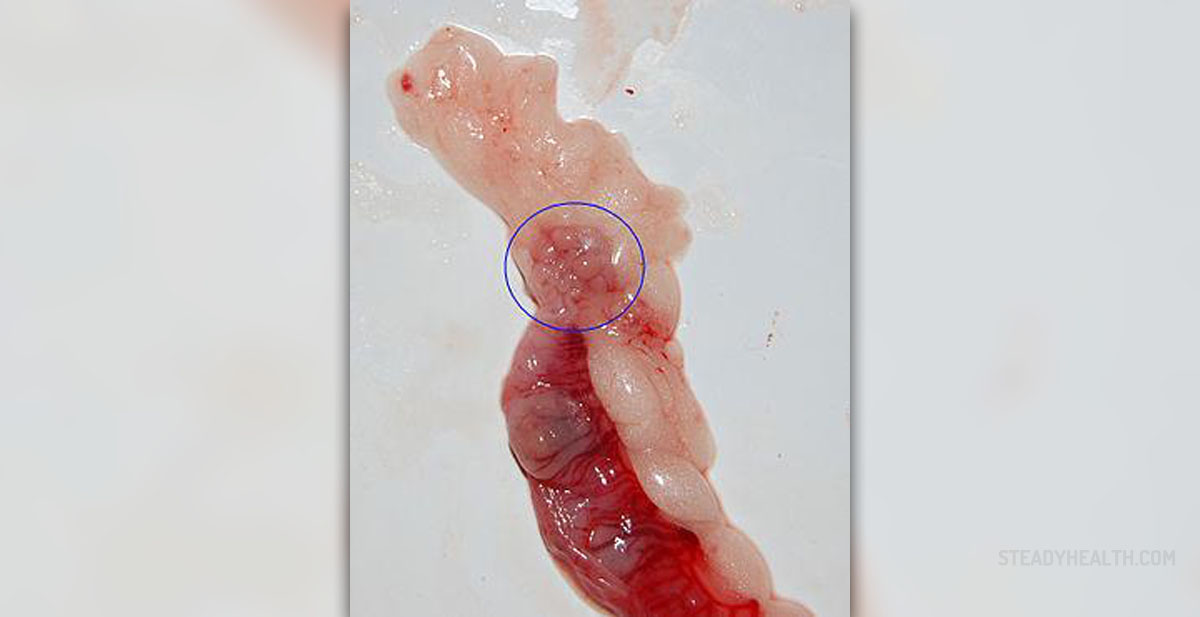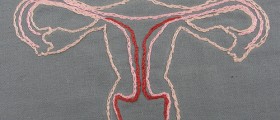
What exactly is polycystic ovary syndrome?
Women who are diagnosed with this syndrome actually suffer from a hormonal disorder, which is primarily occurs among women of reproductive age. Even though it is not always a rule, in the greatest number of number with this syndrome the ovaries will be enlarged and their outer edge will be covered in small cysts. It has not been determined yet what causes this problem, but as for the symptoms that tend to accompany it, most common are acne, excess growth of the hair or obesity, although there are also changes regarding the menstrual period and ovulation.
Menstrual periods are either prolonged or infrequent, which is exactly the symptom that indicates this disorder the first. The intervals at which they occur are usually longer than 35 days, and it is not uncommon that a woman has only eight or even less menstrual cycles a year. Periods might be heavy or scant, while ovulation is often infrequent or even missing. As for the levels of androgens, which are male hormones, they are much higher than they should be, and that results in problems such as facial and body hair, severe acne, or even condition called male pattern baldness.
Is there a solution to this problem?
It is important to detect this problem early and start the treatment in time, in order to minimize the risk of possible complications, among which are infertility in the first place, and then also prediabetes, type 2 diabetes, or obesity. The treatment will be focused on the treatment of symptoms which are present, meaning that it depends on the individual, but it will also be focused on regulating the menstrual cycle of a woman, which is something that a low dose of birth control pills usually solves. Regular checkups and physical examinations are also important, because it is necessary to monitor the levels of cholesterol and sugar in the blood, as well as blood pressure and lipid levels.
Some women are recommended to undergo a surgery procedure which is called laparoscopic ovarian drilling and which is done on an outpatient basis, but this is usually suggested in cases when medications are not helpful enough for a woman to become pregnant. The point of the procedure is to burn holes in follicles that are located on the ovaries and to reduce the levels of androgen, which should induce ovulation.

















Your thoughts on this
Loading...